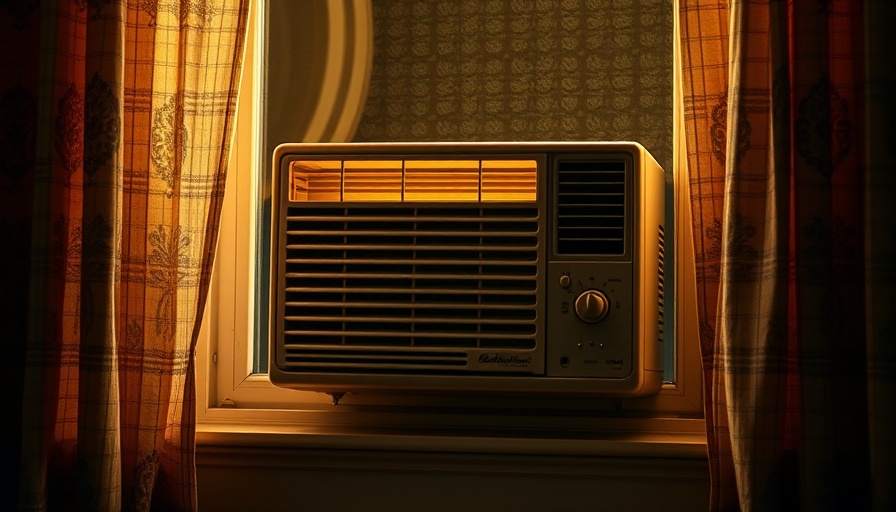
The Urgency of Establishing Cooling Standards
With the increasing intensity of climate-related heat waves, California housing officials are advocating for new residential cooling standards that could change the lives of the state’s renters. The Department of Housing and Community Development’s report outlines a proposal to cap indoor temperatures at a maximum of 82 degrees Fahrenheit, aiming to safeguard thousands of residents from the dangers of extreme heat. The call for regulation stems from alarming statistics revealing that around 1,220 people succumb to extreme heat annually in the United States alone, a toll that could be dramatically reduced through effective measures.
Understanding the Health Impacts of Extreme Heat
Extreme heat poses a series of health risks, particularly for vulnerable populations, including children and the elderly. The connection between high indoor temperatures and health issues is becoming increasingly clear; heat stress can lead to serious conditions such as heatstroke, kidney failure, and cardiac arrest. The necessity to implement cooling standards is exacerbated further by the record-breaking temperatures experienced in recent years, as established by the National Oceanic and Atmospheric Administration.
Resistance from the Housing Industry
Despite the compelling evidence advocating for these cooling standards, resistance remains strong from certain sectors of the housing industry. Many landlords and builders argue that the financial burden of such upgrades could jeopardize their businesses or lead to increased rents—a scenario that raises questions about housing affordability and accessibility. Daniel Yukelson of the Apartment Association of Greater Los Angeles highlights critical concerns surrounding the costs associated with retrofitting older properties for air conditioning.
The Path Forward: Incentives and Solutions
To navigate this legislative challenge, the report proposes providing financial incentives that could ease renovation costs for property owners. Suggestions include financial aid for installing sustainable cooling solutions, such as energy-efficient air conditioning systems, window shading, and evaporative coolers. By easing the financial burden on landlords, the implementation of cooling standards can become a reality while safeguarding tenants from extreme heat conditions.
The Broader Implications
Adopting cooling standards could not only improve public health outcomes but also place California at the forefront of climate adaptation policies in residential settings. Implementing these changes now informs a broader dialogue about community resilience in the context of climate change, demonstrating proactive measures that can lead to healthier and safer living environments.
 Add Row
Add Row  Add
Add 




 Add Row
Add Row  Add
Add 



Write A Comment